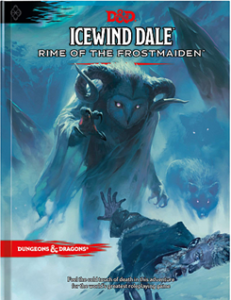Adventurers in Dungeons & Dragons come in all shapes and sizes and can have any number of backgrounds.
However, for the purposes of many published adventures, designers tend to assume a certain type of adventurer. That type is the mercenary adventurer. That is, an individual who makes their living by selling their services. And their services are their strong sword arm or their ability with spells or their demonstrative faith, or their cunning cleverness. In short, the skills possessed by adventuring classes.
Why are the adventurers on the quest? Because they will get paid or find enough loot to make it worth their while.
This is the type of character you play in computer games such as Cyberpunk 2077 or Red Dead Redemption 2. There may be another quest that provides the overall storyline, but while you are not progressing that quest, you are just making your way by doing any odd jobs that fit your skill set; that is to say, adventuring quests.
This is basically the lot of the adventurers throughout the story of Dragon of Icespire Peak (found in the D&D Essentials Kit). For its entire duration, you are seekers-of-fortune, doing the various quests that come your way, looking to earn enough to survive.
However, this is not the only sort of adventurer you will find in published Dungeons & Dragons adventures. There is also the character who is on the major quest from day one. They are always focused on the main goal, and it is something that lasts for the entire campaign. Let us call them the heroic adventurer.
This is the case in Tyranny of Dragons. For the entire adventure, you are on one quest. You are not doing side quests to earn money: everything you do is pursuing the main goal. Out of the Abyss is somewhat similar, where the characters are always goal-orientated (escape, then return to save the world), as is Princes of the Apocalypse and Tomb of Annihilation. The quest is given in the opening stages, and you pursue it for the campaign.
In these sorts of campaigns, the DM and players can work together to make the impetus for the characters stronger. Indeed, Tyranny of Dragons works a lot better when you do so. If you do not use “you happen to be passing Greenest when it is attacked by a dragon and run in to help”, but rather “you are an agent attempting to stop the Cult of the Dragon and you’ve come to Greenest with that purpose”, the hook is a lot stronger.
It is notable that in some adventures, the early stages work with the characters as mercenary adventurers and only later transform into quest-based adventurers. Storm King’s Thunder and Rime of the Frostmaiden both work this way.
In Storm King’s Thunder, you are doing odd quests around the Sword Coast, slowly realising the giants are more active, before a patron comes to recruit you into the main questline.
In Rime of the Frostmaiden, you are doing odd quests around Icewind Dale in a particularly harsh winter, until something happens to draw you into a larger quest. Rime is very unusual in that it allows the players to discover the trigger themselves and go to investigate, or the DM can insert it into the adventure. And it also has several larger quests, not just one. Going into Rime thinking that your goal is “Stop the Eternal Winter” from Day 1 is not how the adventure is constructed. If the DM wants to run it that way, they will have to do some more work adjusting it.
And, throughout, Rime hews more to the adventurers-as-mercenaries rather than adventures-as-heroes idea.
Understanding this difference can make a major difference to how you use published adventures or integrate them into your ongoing campaign.

